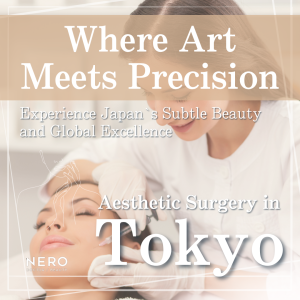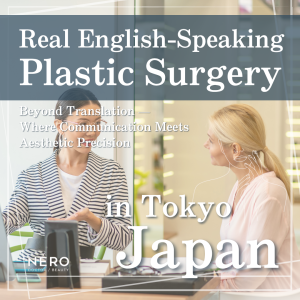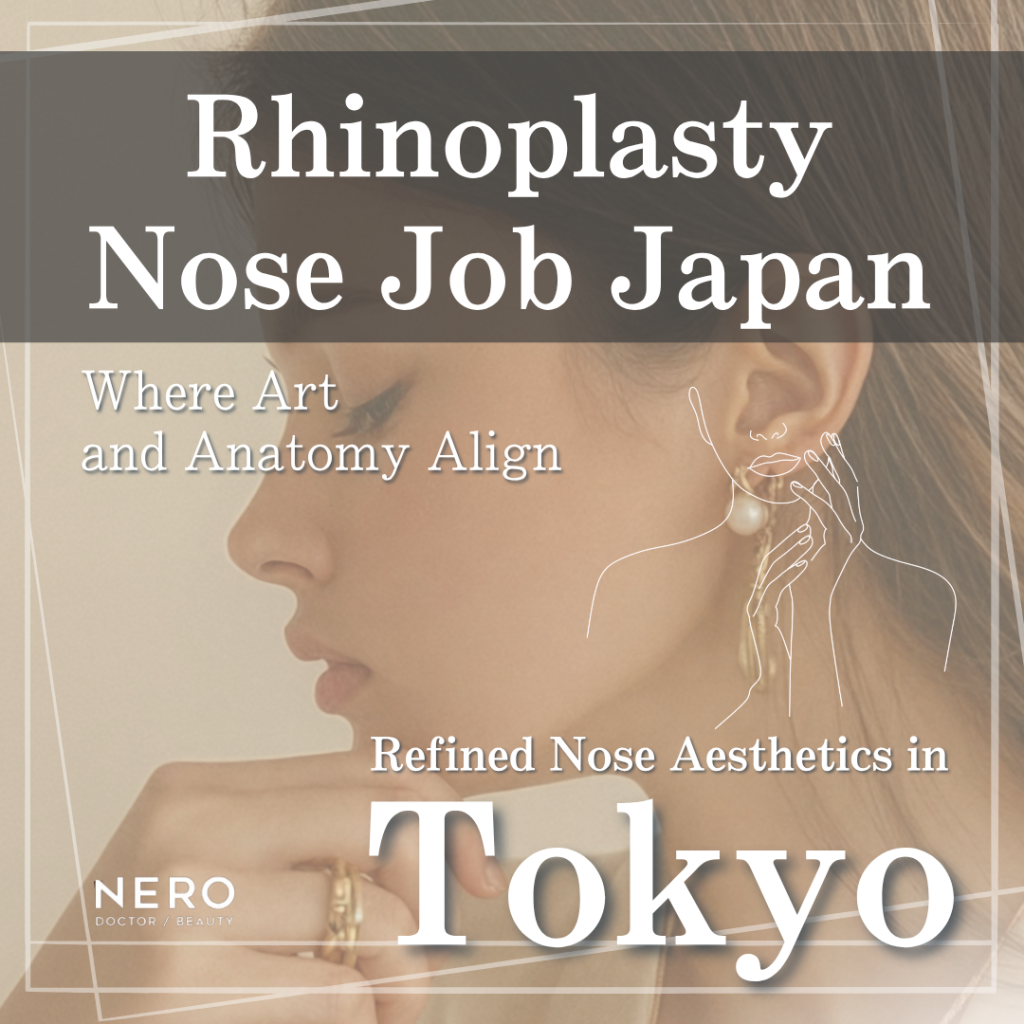
Tokyo has become a global destination for rhinoplasty in Japan, combining meticulous surgical technique with a subtle, natural aesthetic. Whether your goal is gentle refinement to improve facial balance or functional correction to support breathing, clinics in Tokyo offer advanced care that is supported by evidence-based protocols and attentive patient communication.
Many surgeons in Tokyo have dual experience in ENT (otolaryngology) and plastic surgery—bringing both cosmetic artistry and structural function into one treatment plan.
Digital imaging and detailed Before & After discussions help clarify goals, limits, and realistic timelines across different anatomical profiles.
INDEX
Why Choose Tokyo for Rhinoplasty
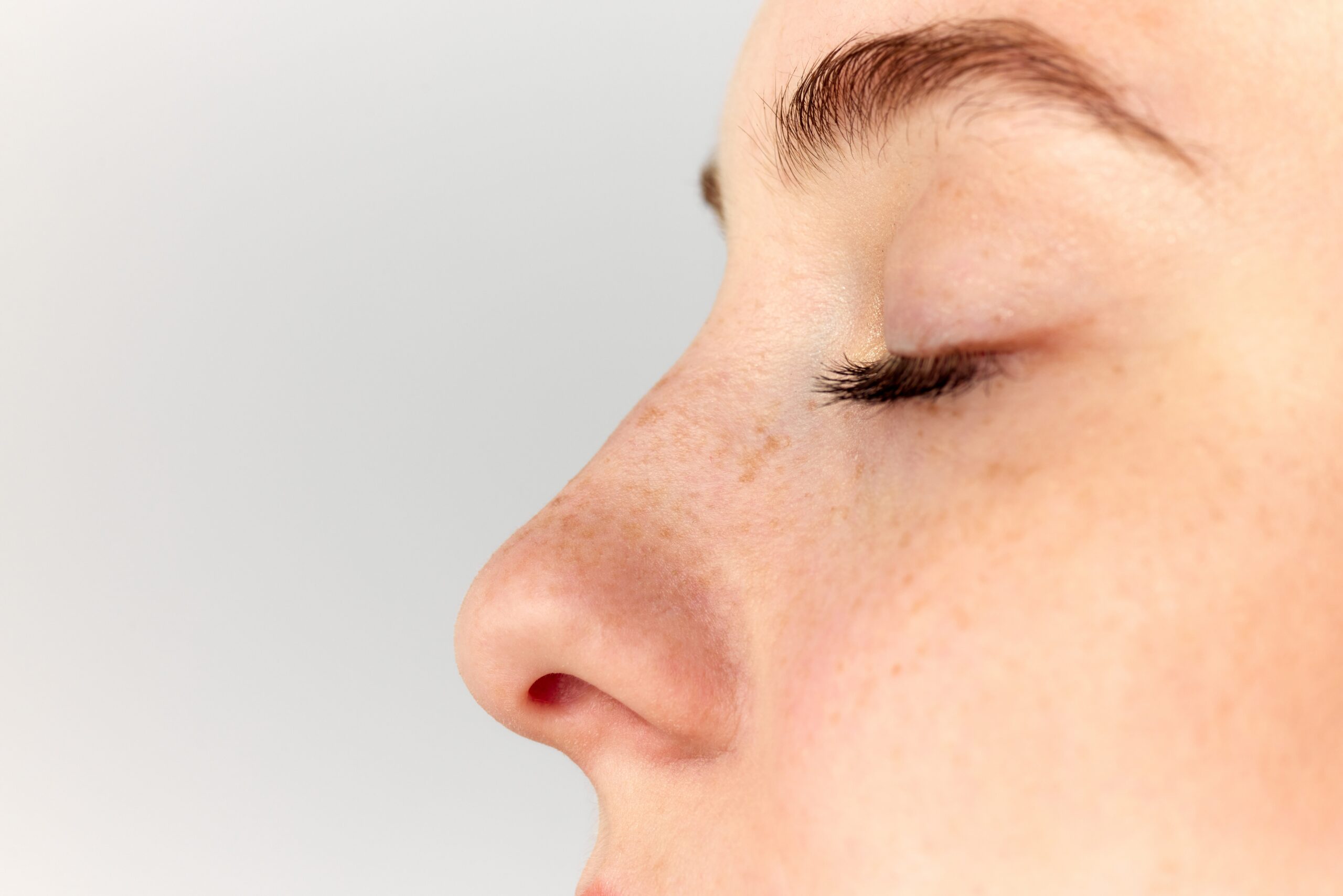
Tokyo’s top clinics tend to invest heavily in their environments — high-resolution imaging, modern operating rooms, and sterilization standards that feel more like advanced research labs than private offices.
Some surgeons here trained abroad, publish in peer-reviewed journals, and are comfortable taking on difficult revision cases that other clinics hesitate to touch.
And for patients visiting from overseas, English support and clear, transparent consent materials are usually part of the experience — which is reassuring when you’re navigating care in another country.
Tokyo’s Aesthetic Philosophy
Japan favors proportion, clarity of line, and natural movement in light.
This often means a smooth dorsal line, a refined (but not pinched) tip, and projection that harmonizes with the cheeks, chin, and lips.
Surgeons emphasize durable structural support, prioritizing results that age gracefully—not short-term masking.
What to Expect During the Process
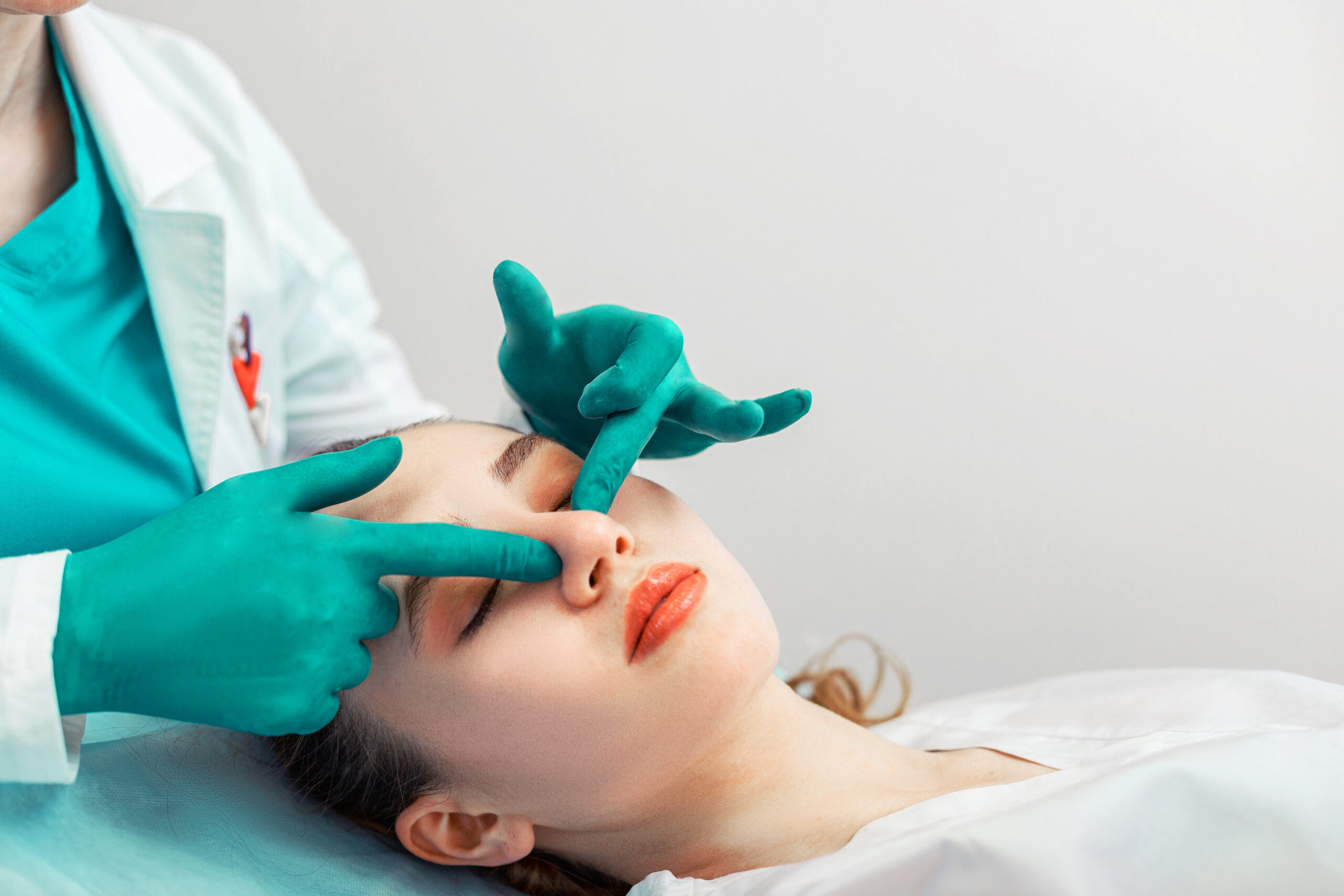
Consultation and Planning
During consultation, your surgeon will review facial balance, look over your medical history, and evaluate breathing function.
Morphing software may be used to show possible aesthetic directions — but these images are meant as reference guides rather than fixed promises.
Discuss bridge height, tip shape, projection, rotation, and any breathing issues such as septal deviation.
Surgical Techniques
Rhinoplasty may be performed using open or closed approaches. Structural refinement often uses your own cartilage (septal, ear, or rib) to create a stable foundation.
Some clinics may use silicone or ePTFE implants when appropriate, explaining benefits and limitations.
Anesthesia may be local with sedation or general. Surgery typically lasts 2–4 hours.
Candidacy
Ideal candidates are healthy, non-smokers with realistic expectations.
Skin thickness, prior injury, ethnicity, and need for septoplasty affect the plan.
Surgeons in Tokyo aim to enhance symmetry and airflow while respecting personal identity.
Bring reference photos, explain aesthetic priorities clearly, and stay open to professional guidance based on your bone and cartilage support.
Pricing in Tokyo
Costs depend on surgeon experience, complexity, and materials.
Primary rhinoplasty in Tokyo may range from ¥600,000–¥1,800,000.
Revision or rib cartilage cases often cost more.
Budget for consultation, anesthesia, facility fees, medication, and structured follow-ups.
Request an itemized estimate and clarify what happens if minor refinement is needed.
Recovery Timeline
- Days 1–3: swelling, congestion, pressure; use cold compresses and prescribed pain relief
- Week 1: splint removal; bruising improves; light walking is fine
- Weeks 2–3: most social swelling subsides; avoid strenuous workouts
- Months 3–6: tip definition improves; subtle refinement continues
- Up to 12 months: final contour develops; document progress with consistent photos
Risks and Safety
All surgery carries risks such as bleeding, infection, scarring, asymmetry, decreased sensation, graft shift, or contour changes that may require revision.
To reduce risks, in addition to thorough pre-operative counseling,choose surgeons with hospital privileges, emergency protocols, and strong rhinoplasty portfolios.
Careful aftercare supports long-term results.
Non-Surgical Alternatives
For minor contour refinement, temporary hyaluronic acid fillers can improve bridge height or smooth irregularities.
However, they cannot reduce size or correct breathing problems, and require periodic maintenance.
Choose injectors who prioritize conservative technique and, when appropriate, use ultrasound guidance.
Travel Tips for Medical Visitors

If flying to Tokyo for rhinoplasty, plan to stay 10–14 days for early recovery and follow-up.
Book accommodation close to the clinic, avoid lifting heavy luggage, and confirm how remote follow-ups will be handled.
Many clinics offer bilingual coordinators who assist with scheduling, prescriptions, and translation.
How to Choose a Surgeon in Tokyo
- Board certification in plastic surgery or ENT
- Significant rhinoplasty experience with diverse Before & After examples
- Clear, honest communication about limits and goals
- Expertise with cartilage grafting and functional repair
- Structured aftercare and contingency planning
Preparation Checklist
- Share medical history, medication, and allergy details; complete all requested tests
- Stop smoking and limit alcohol; pause blood-thinning supplements if advised
- Plan for 2 weeks of reduced activity, and arrange support for the first 48 hours
- Prepare cold compresses, gentle skincare, and button-up clothing
- Clarify cleaning steps, taping instructions, sleep position, and follow-up schedule
Conclusion
Choosing rhinoplasty in Tokyo combines technical precision with thoughtful aesthetic sensitivity.
With structured planning, advanced surgical techniques, and supportive recovery care, clinics in Tokyo deliver results that enhance both beauty and breathing.
Begin with a detailed consultation, review realistic Before & After examples, and partner with a surgeon whose expertise and communication inspire trust.
| ・This website provides general knowledge about aesthetic medicine from a neutral perspective as much as possible. Please note that the information is not intended to encourage self-diagnosis. Be sure to check the official website of the clinic and consult each medical institution for details regarding treatment. ・This article is based on information available at the time of writing and publication. Please check the official website for the latest updates. ・If cosmetics or massage-related content is mentioned, it is not within the scope of medical supervision. |


